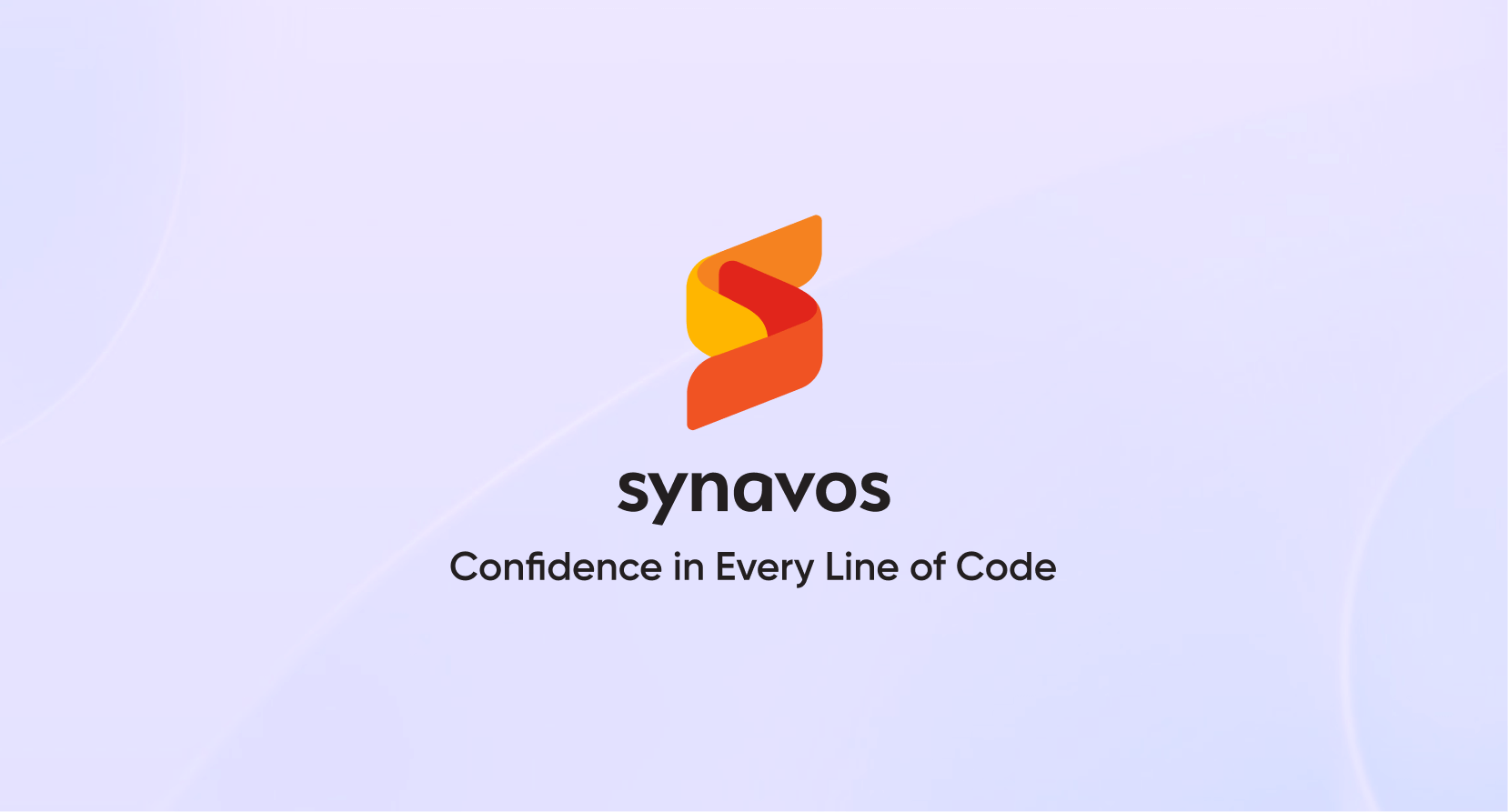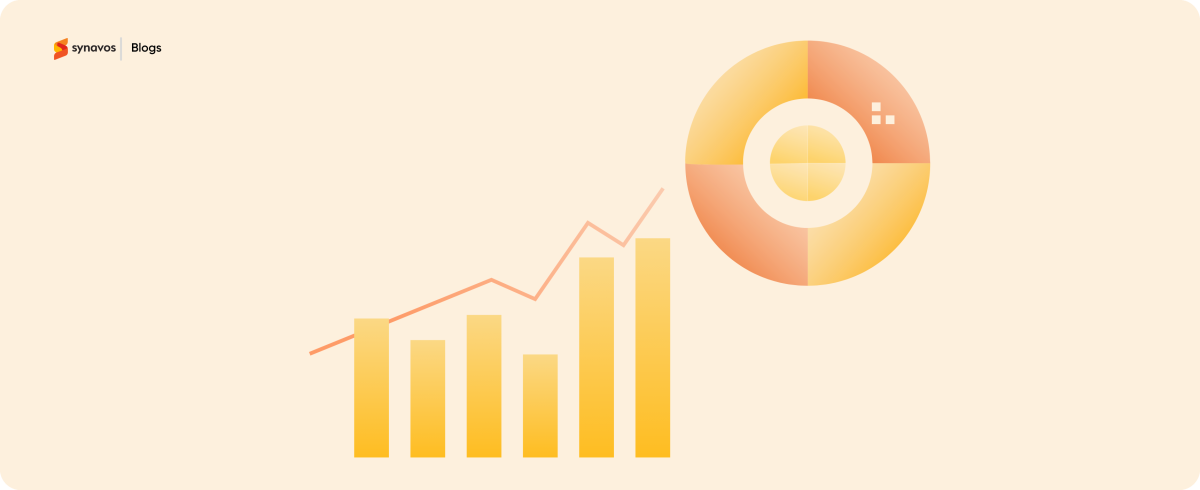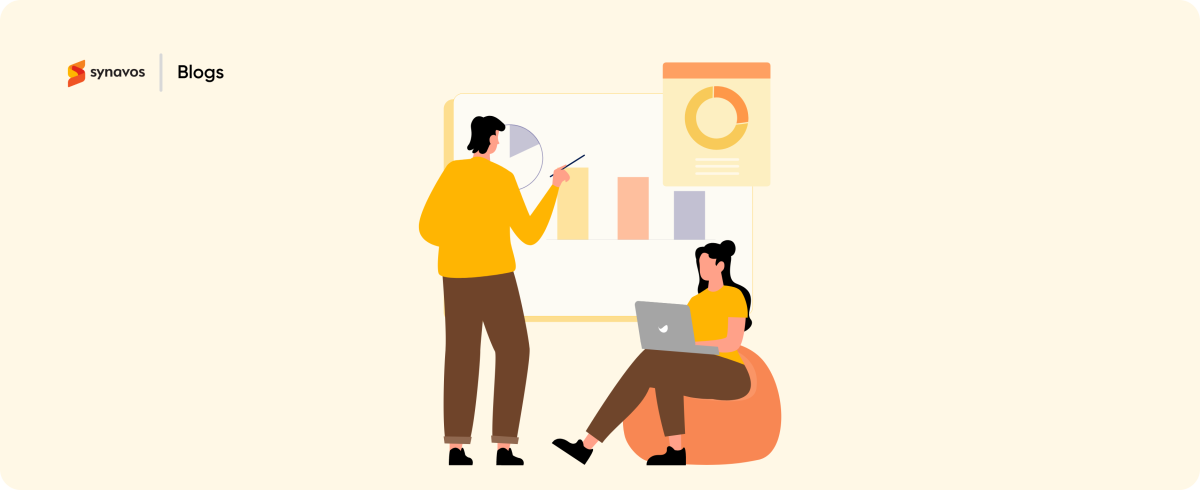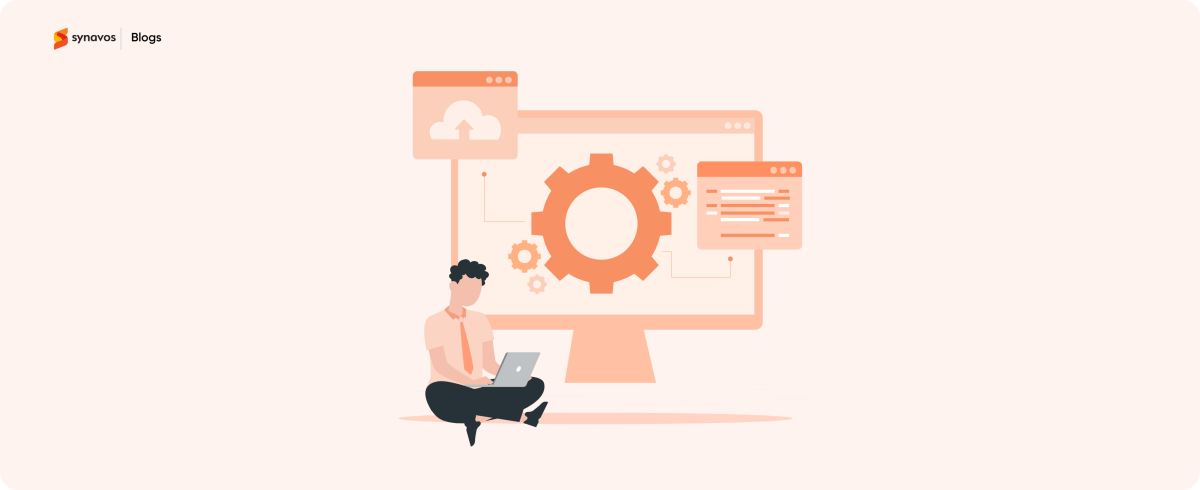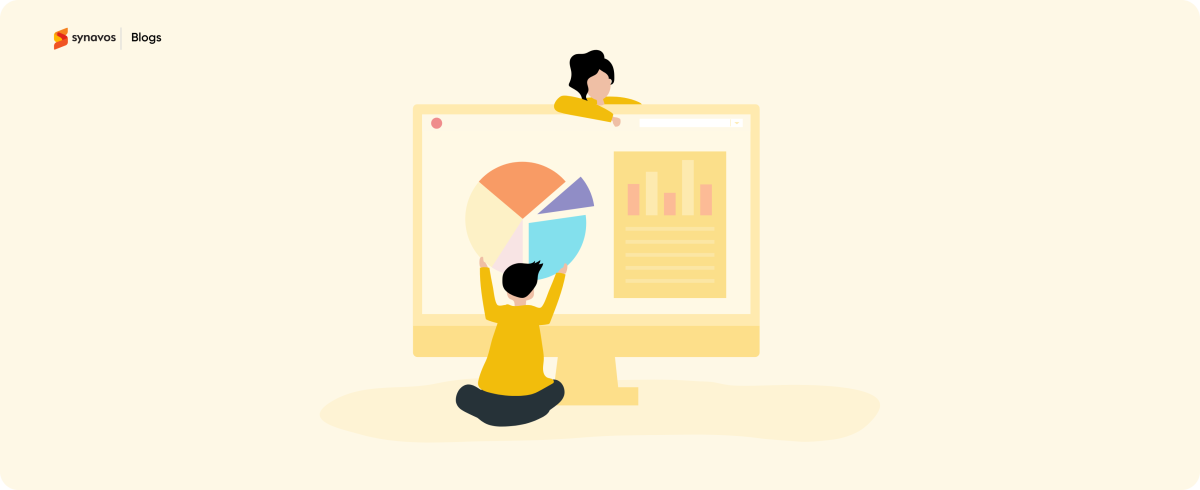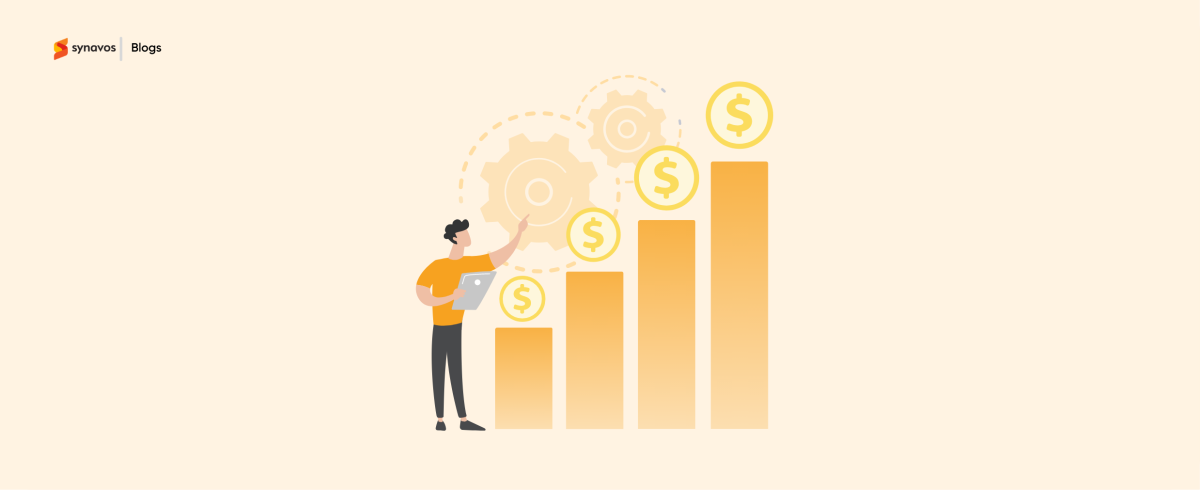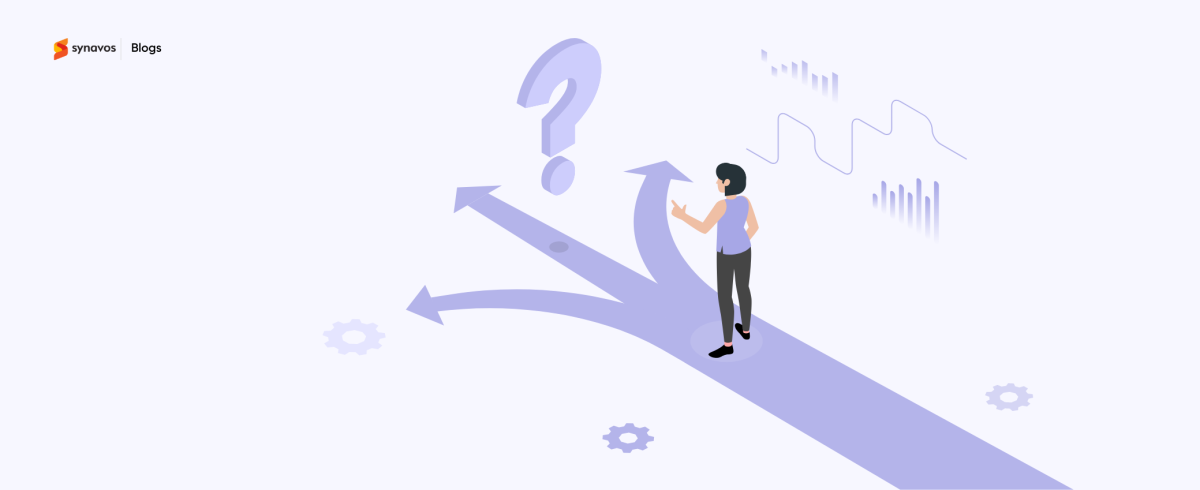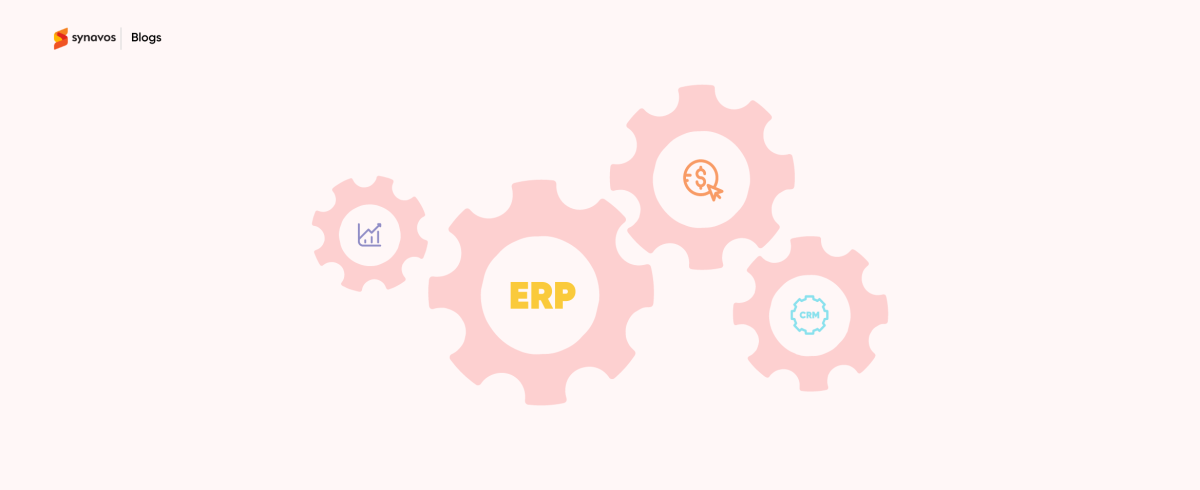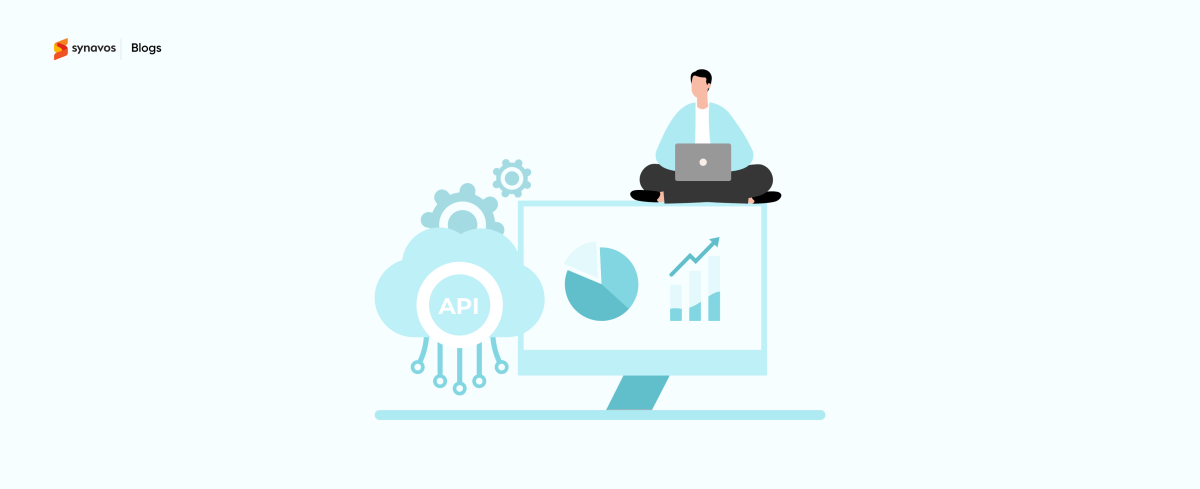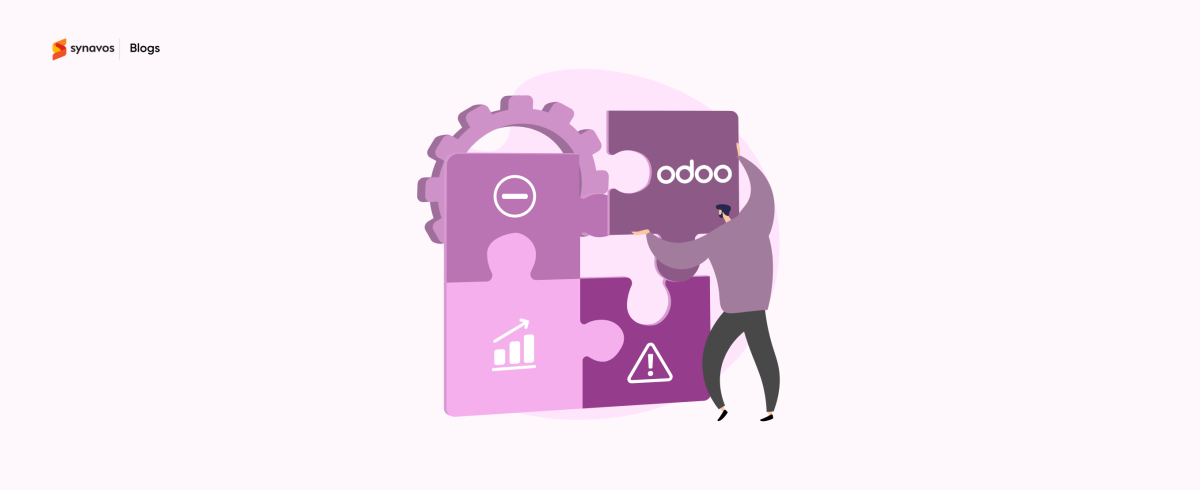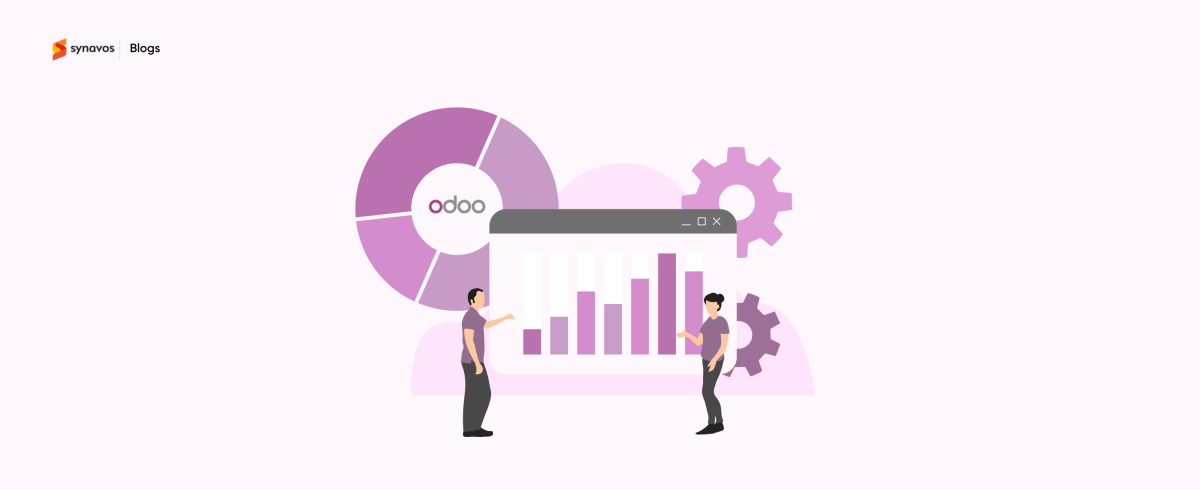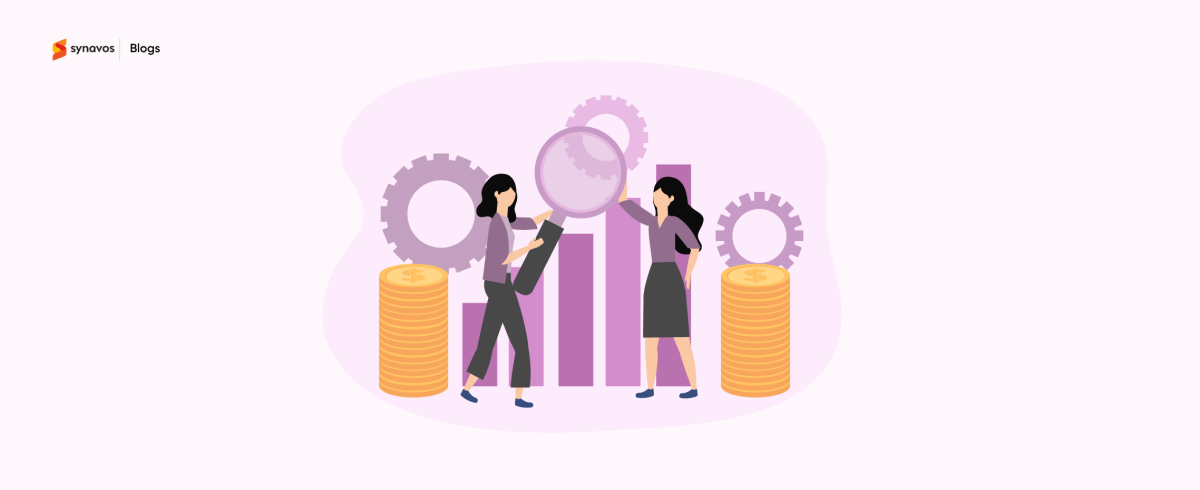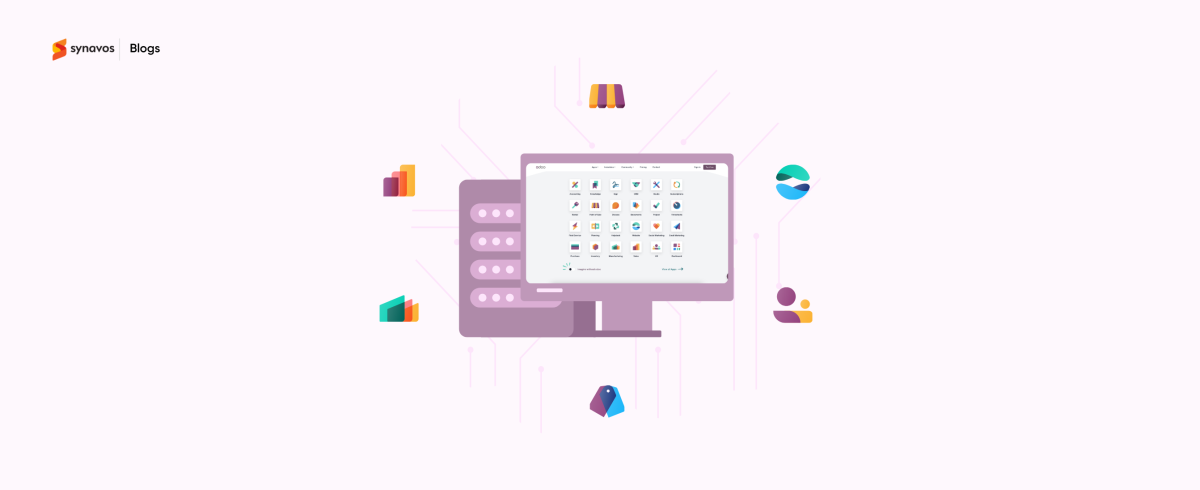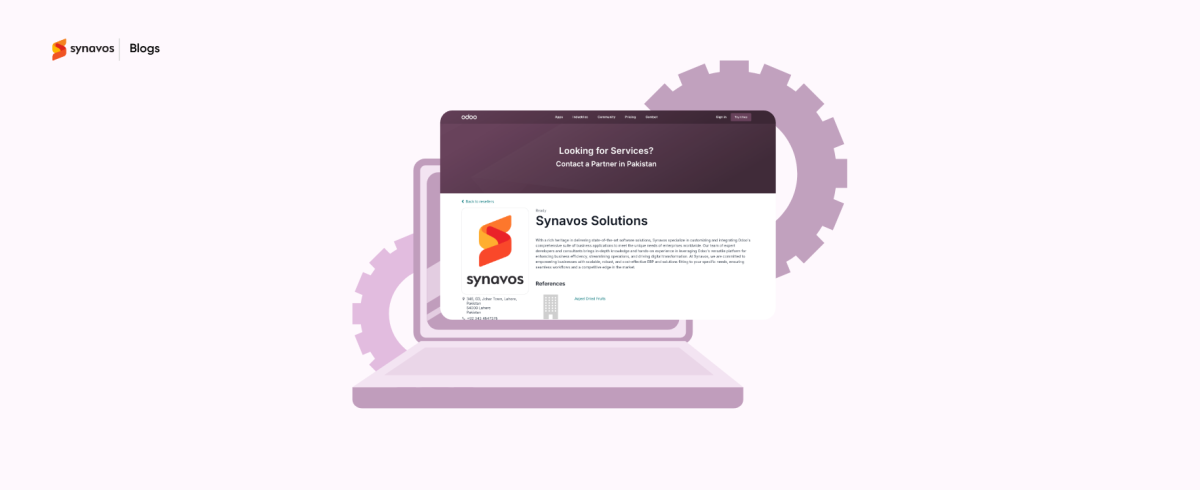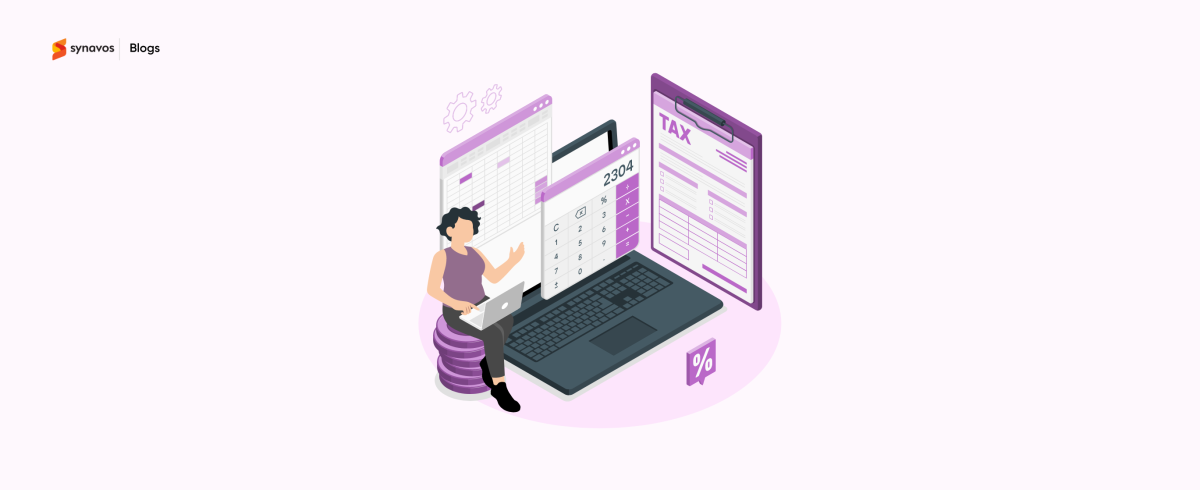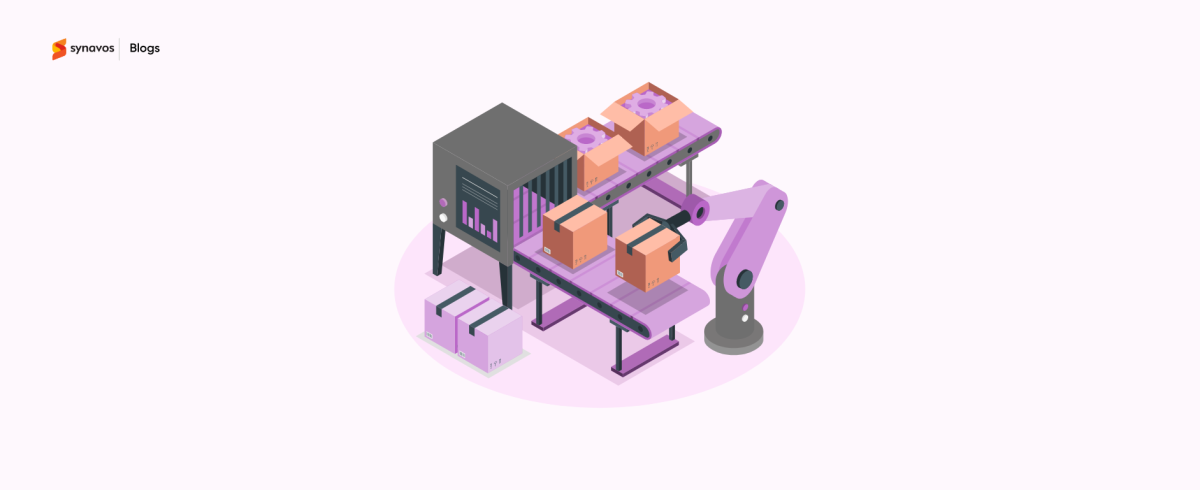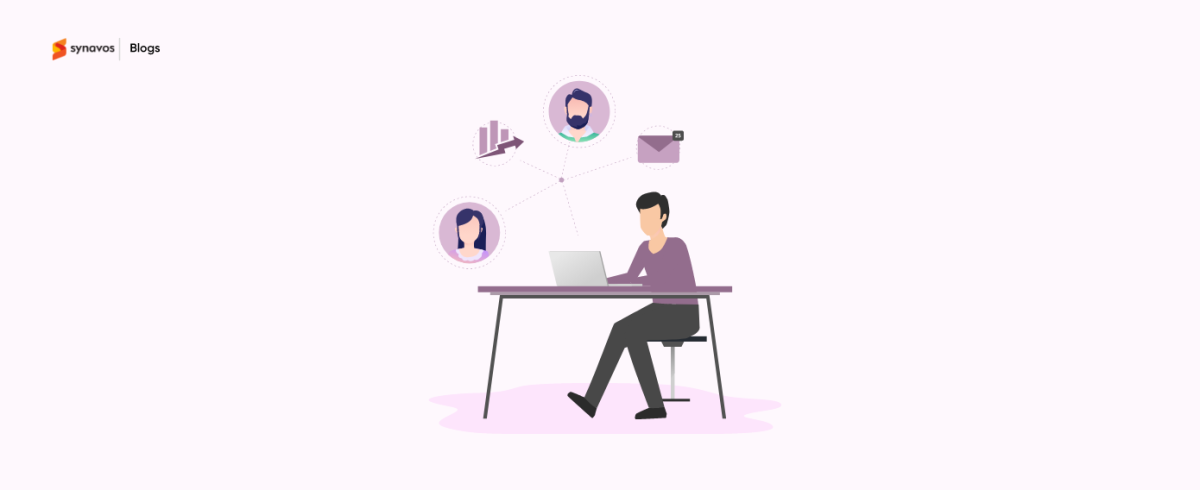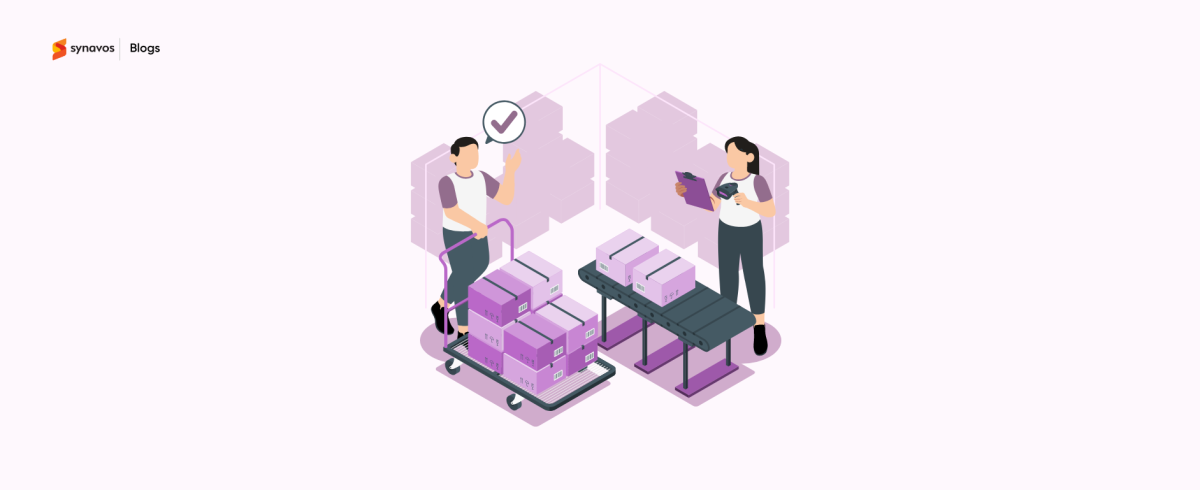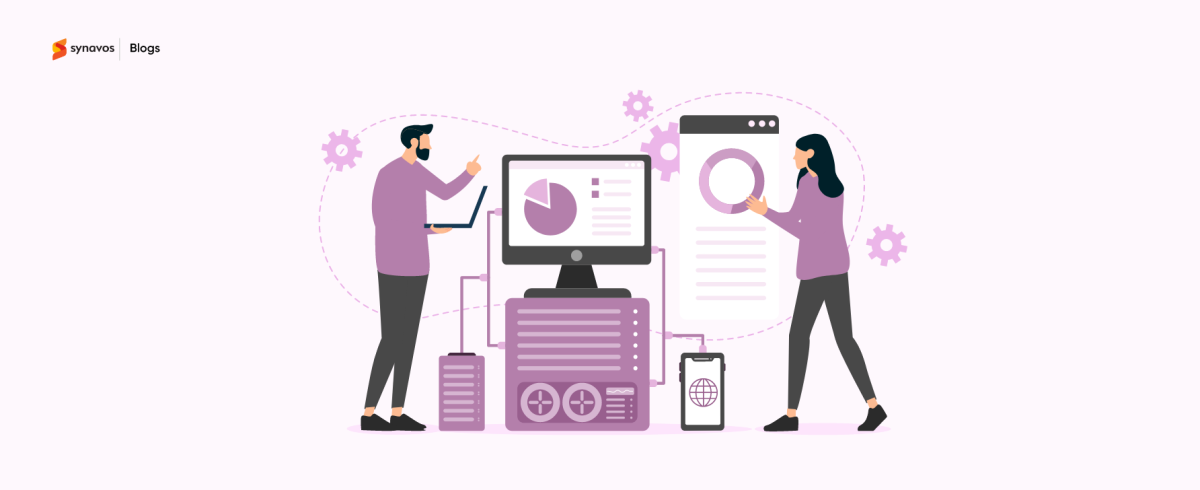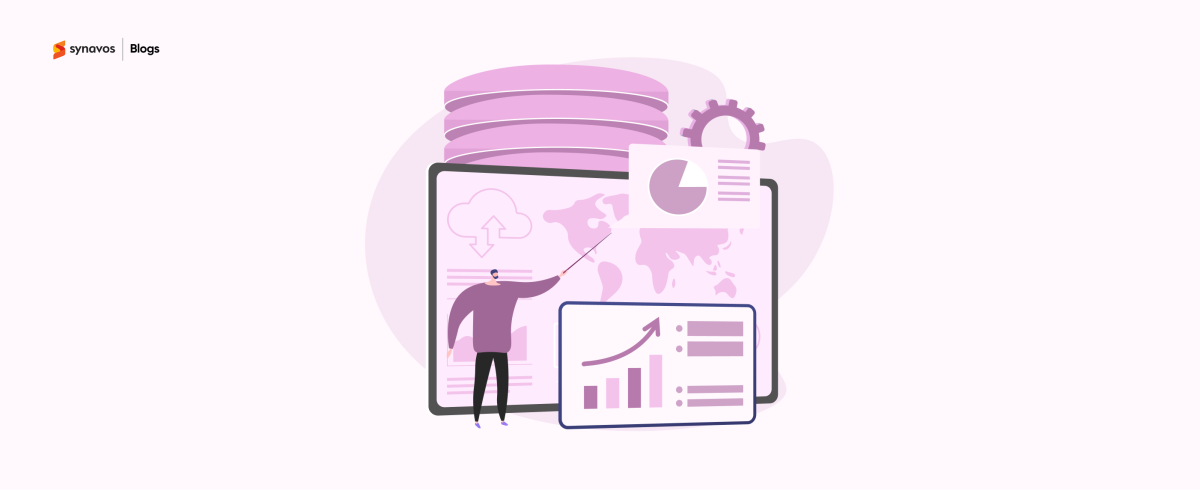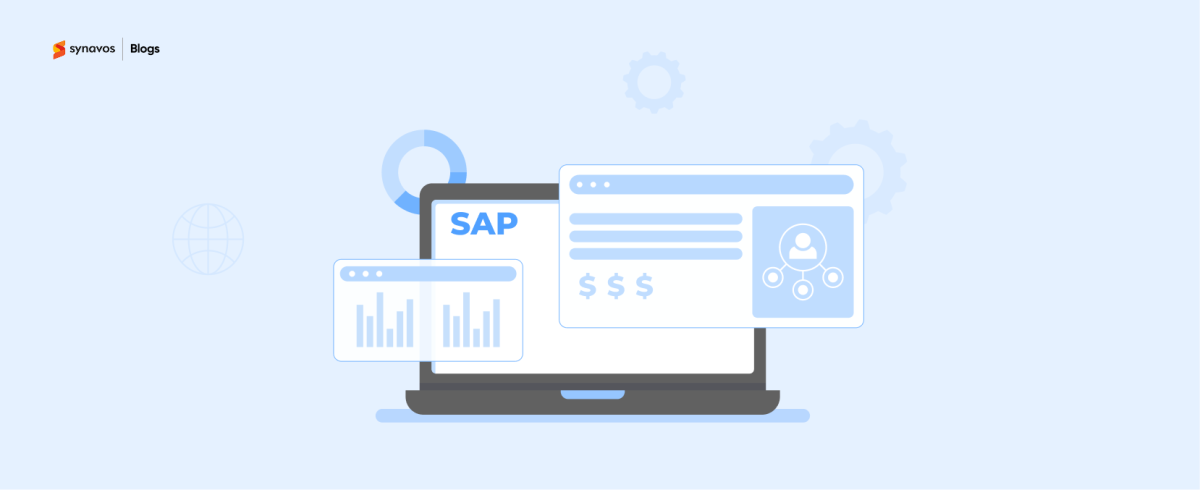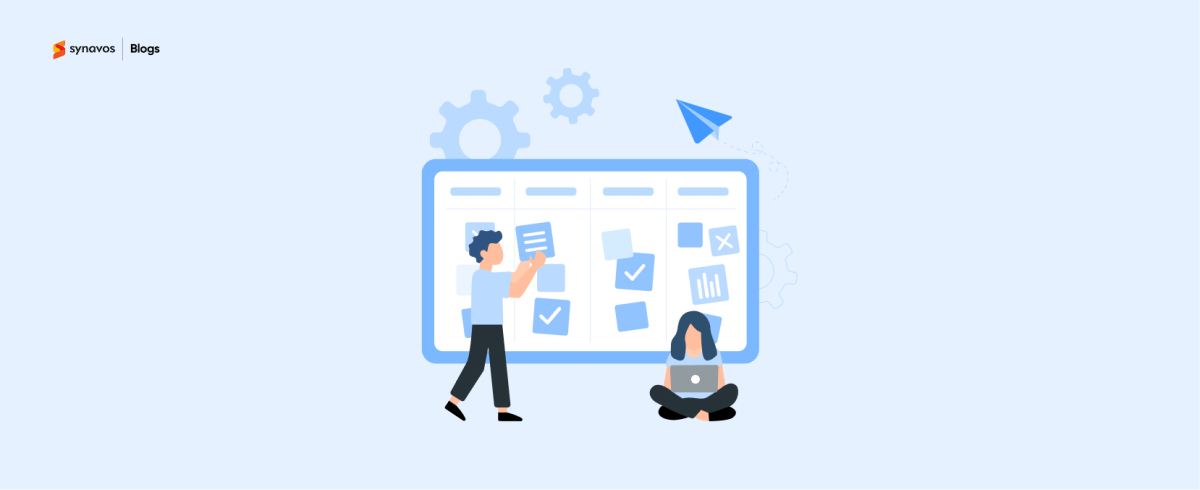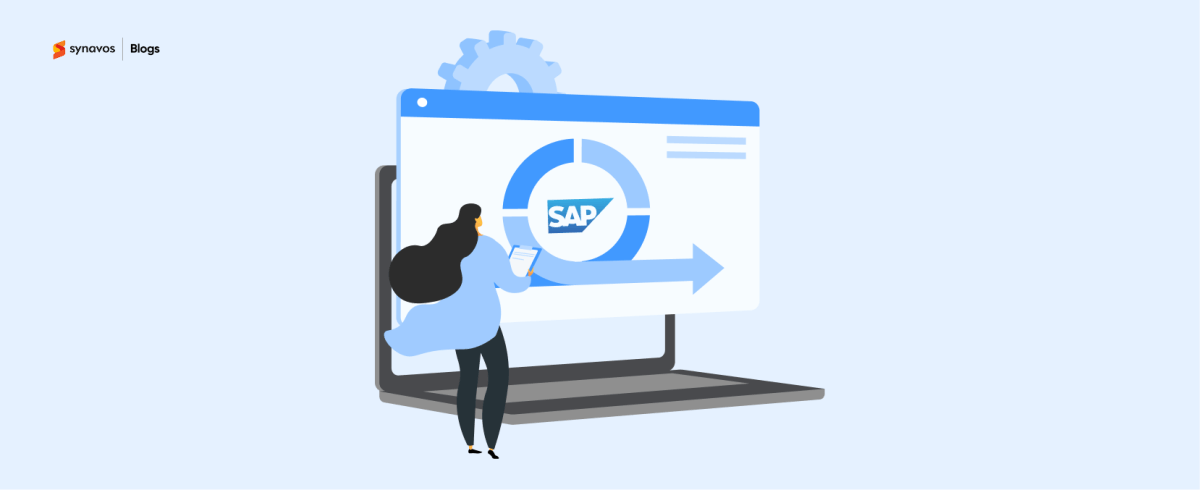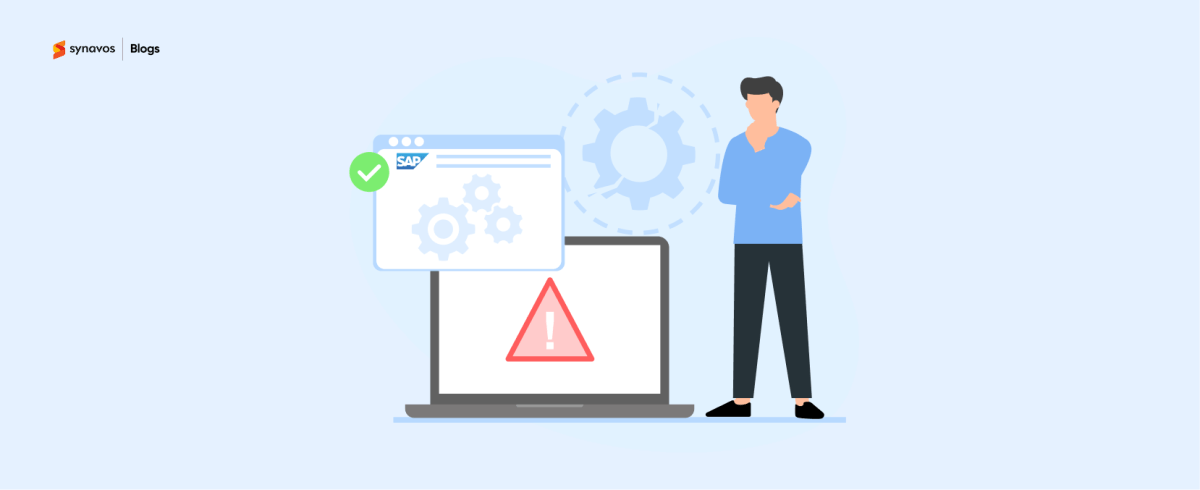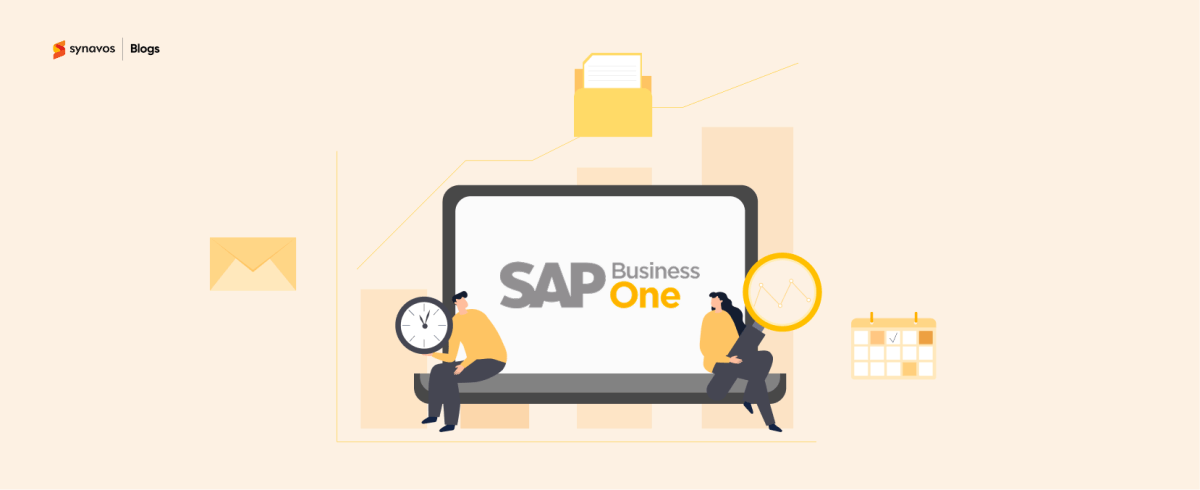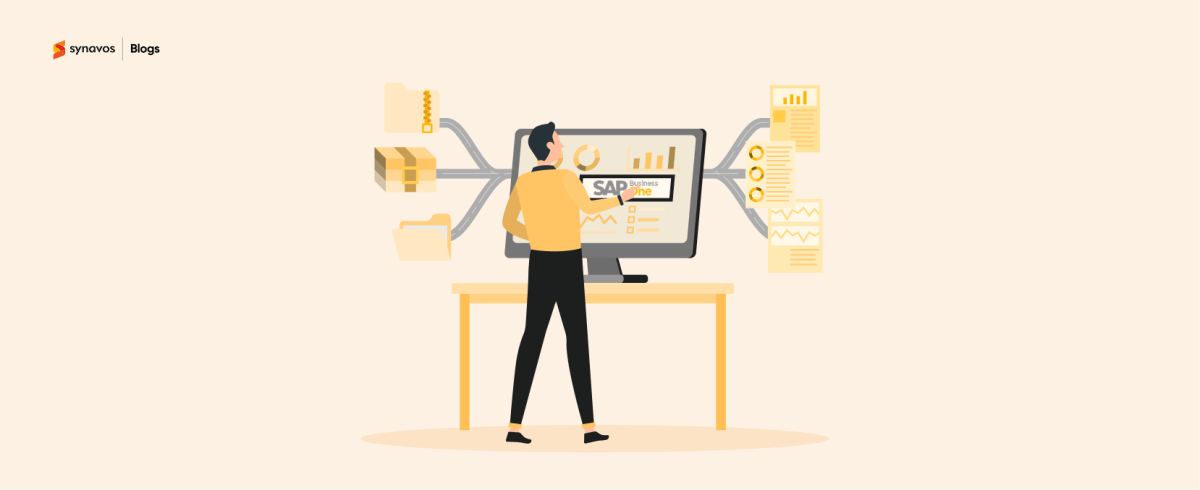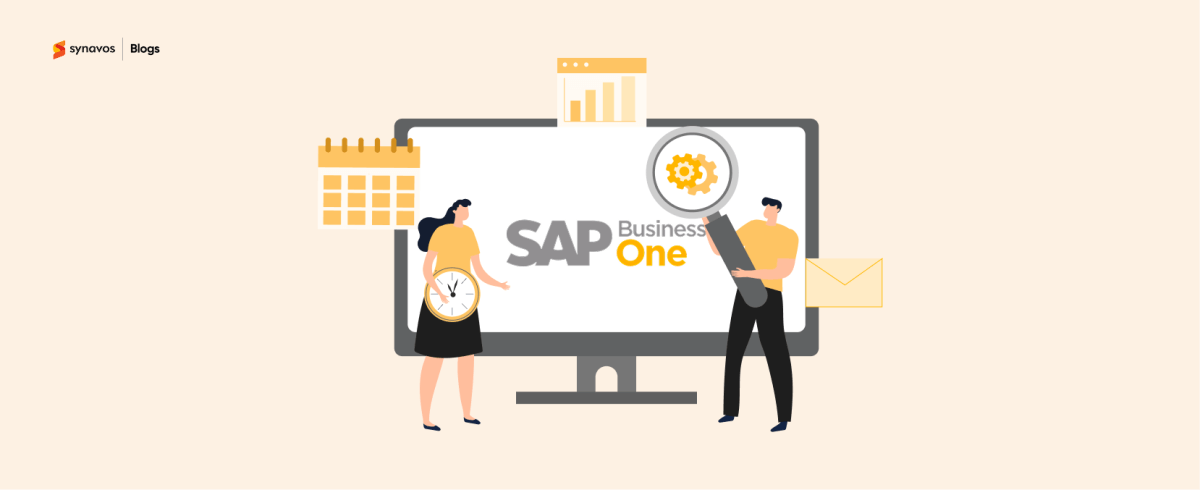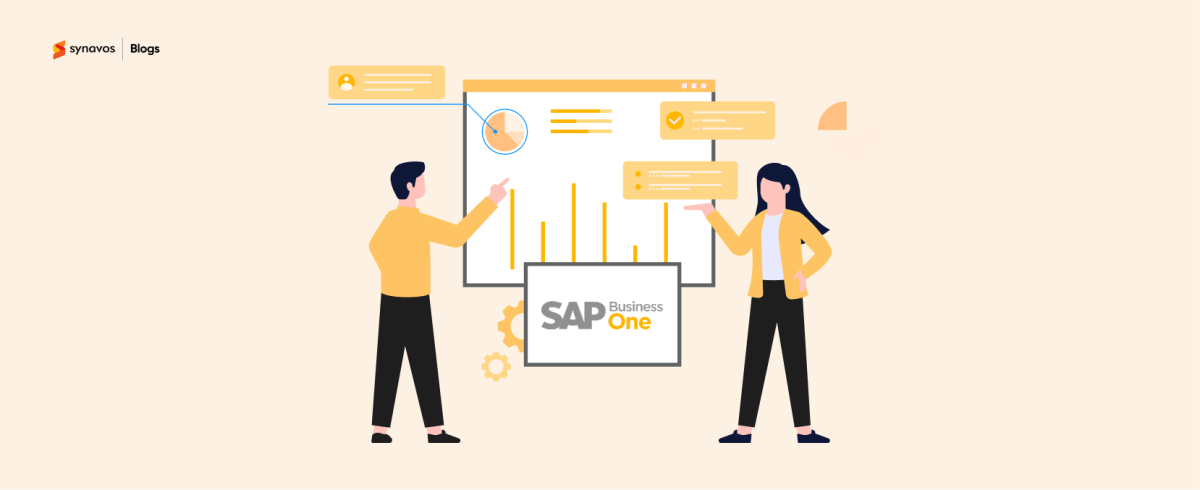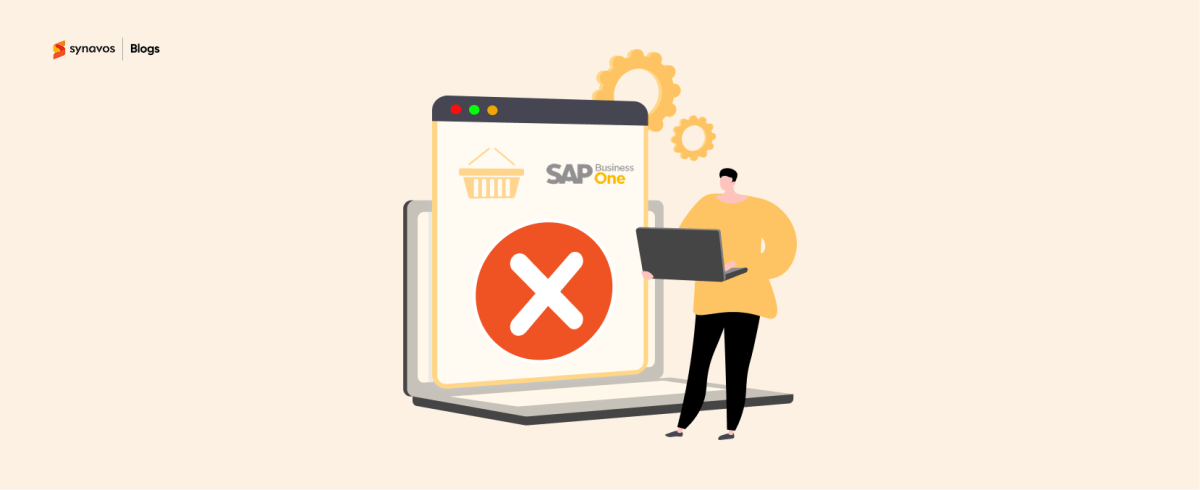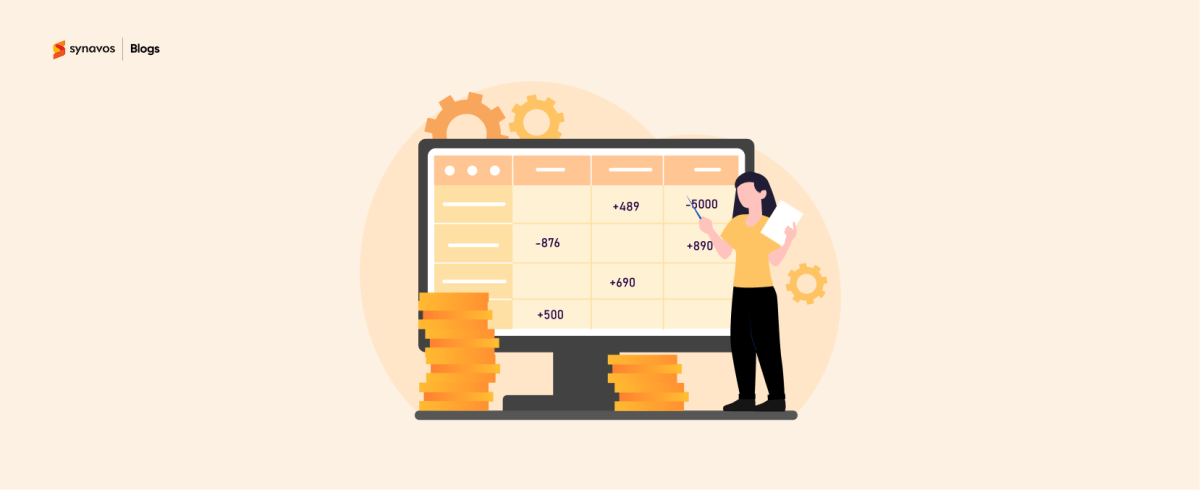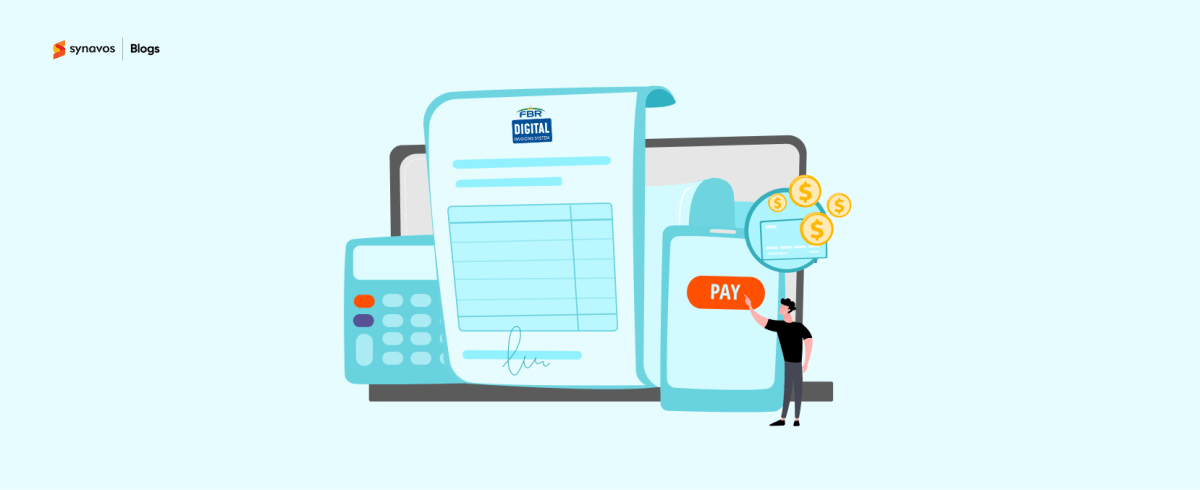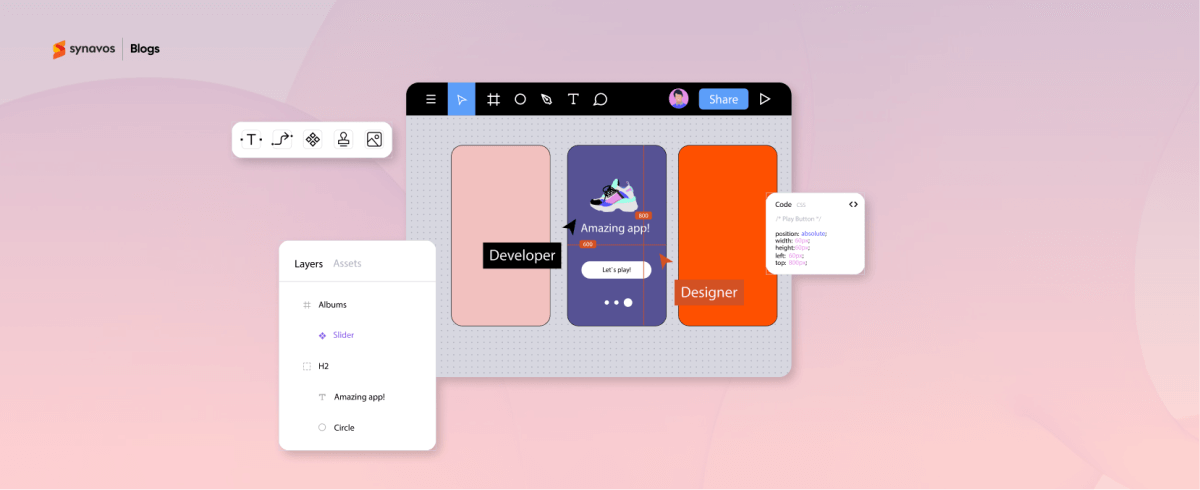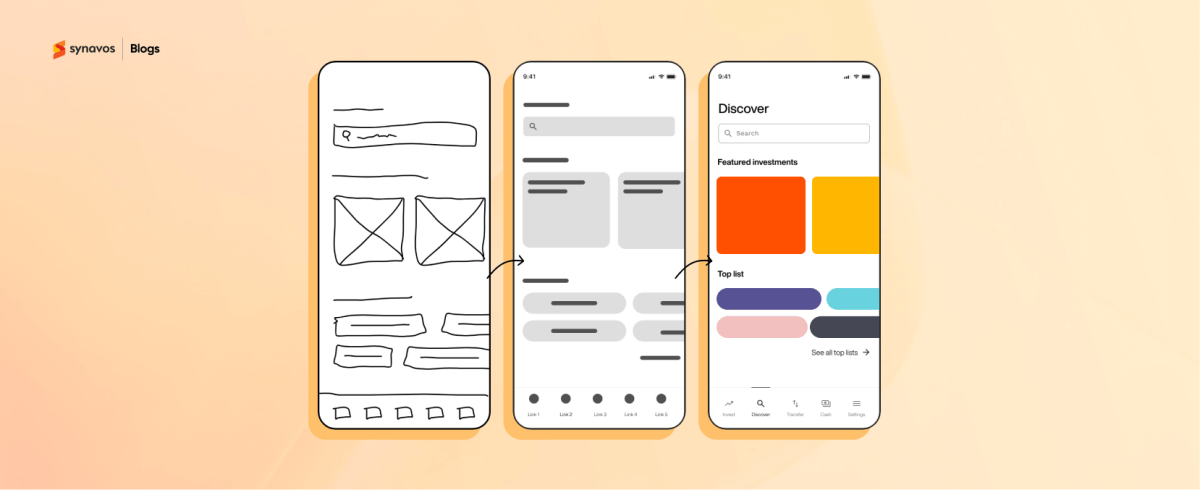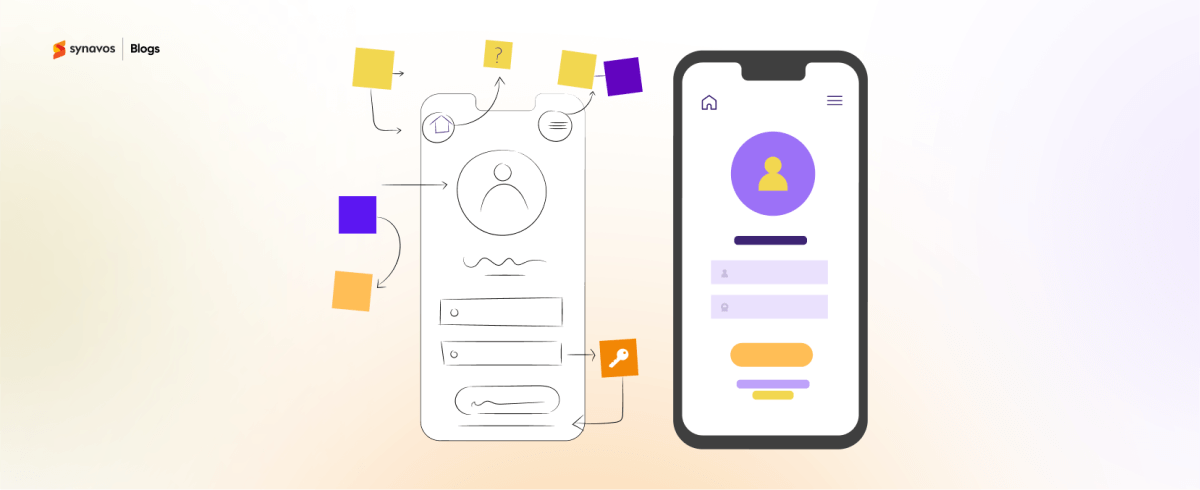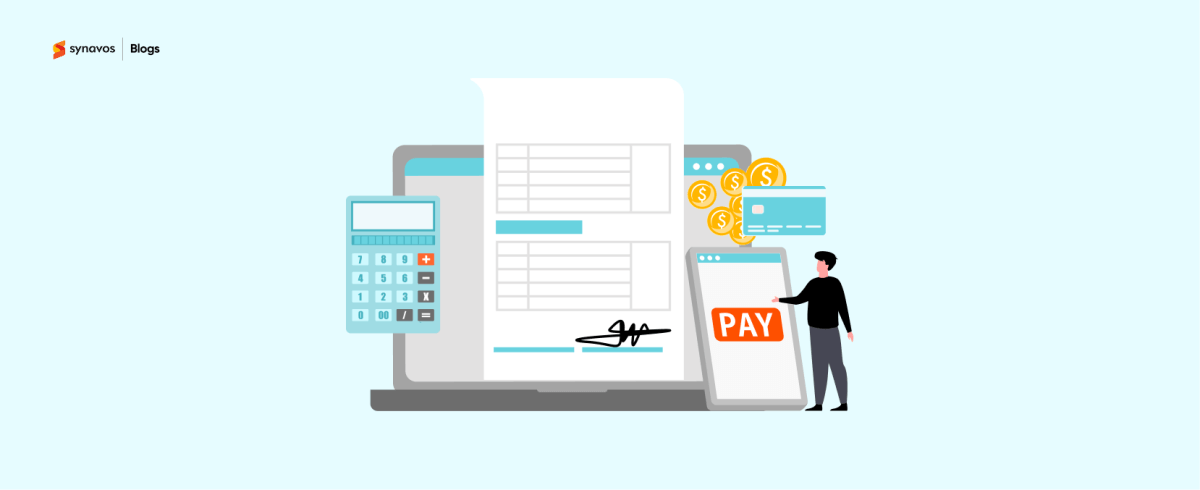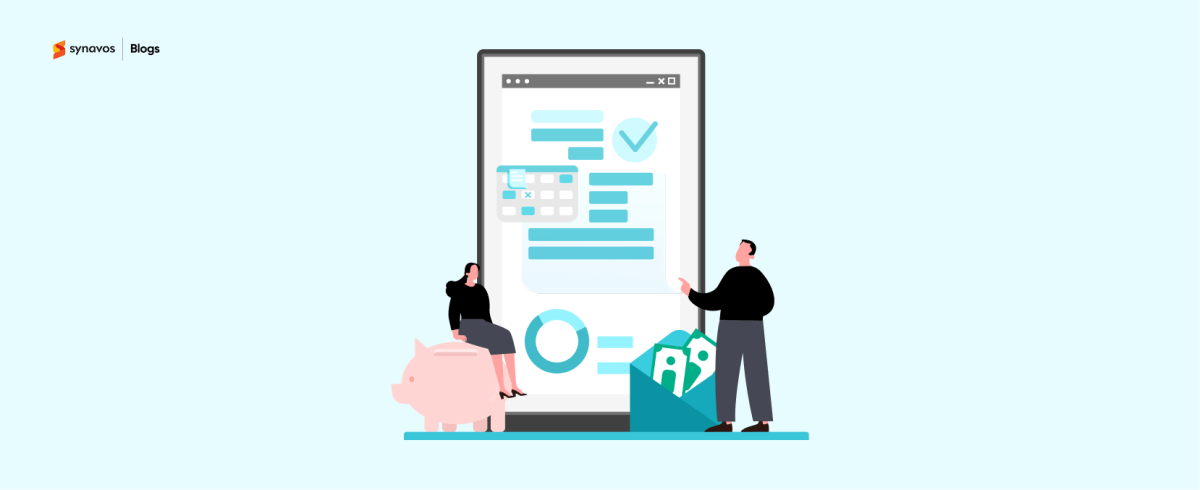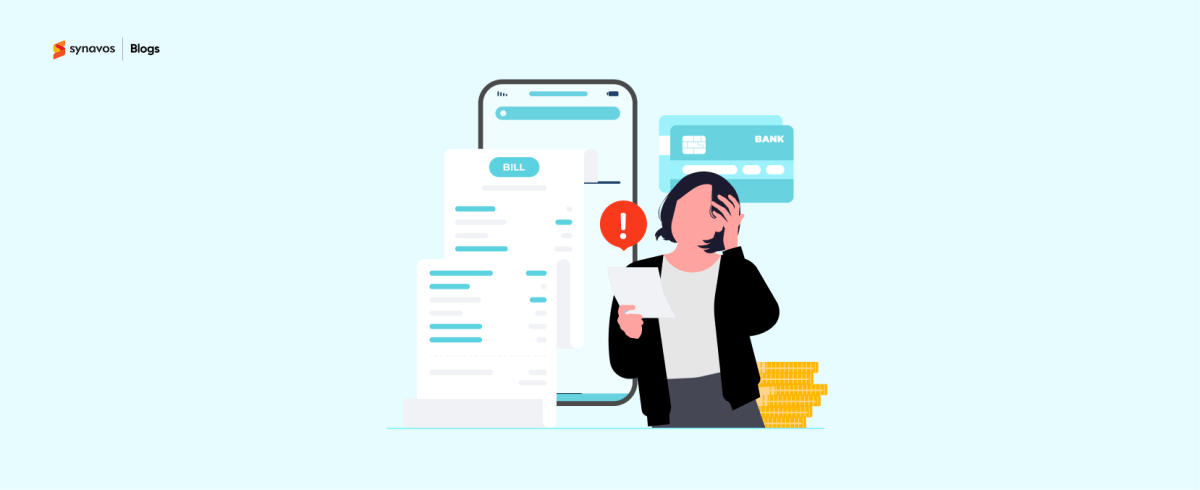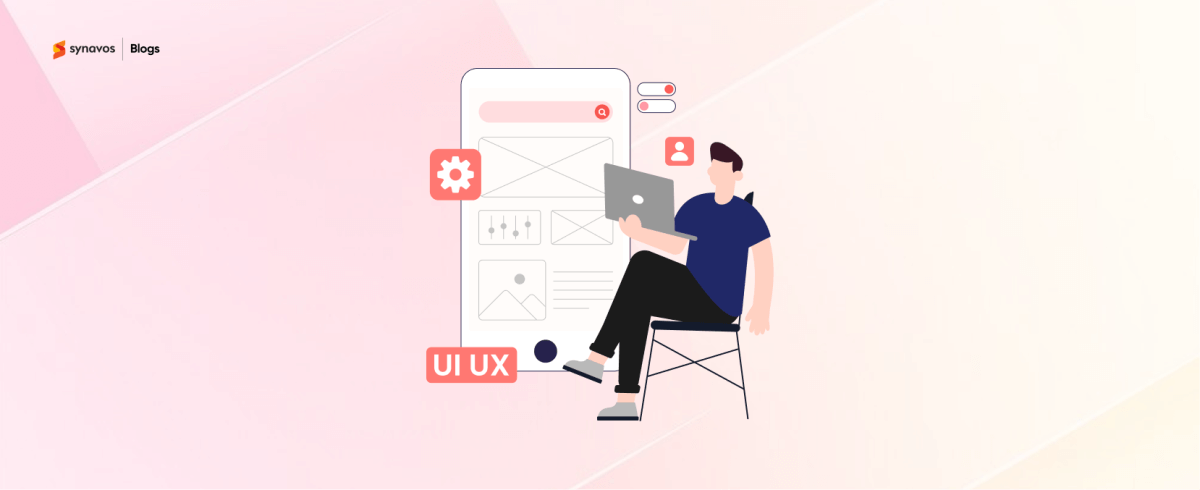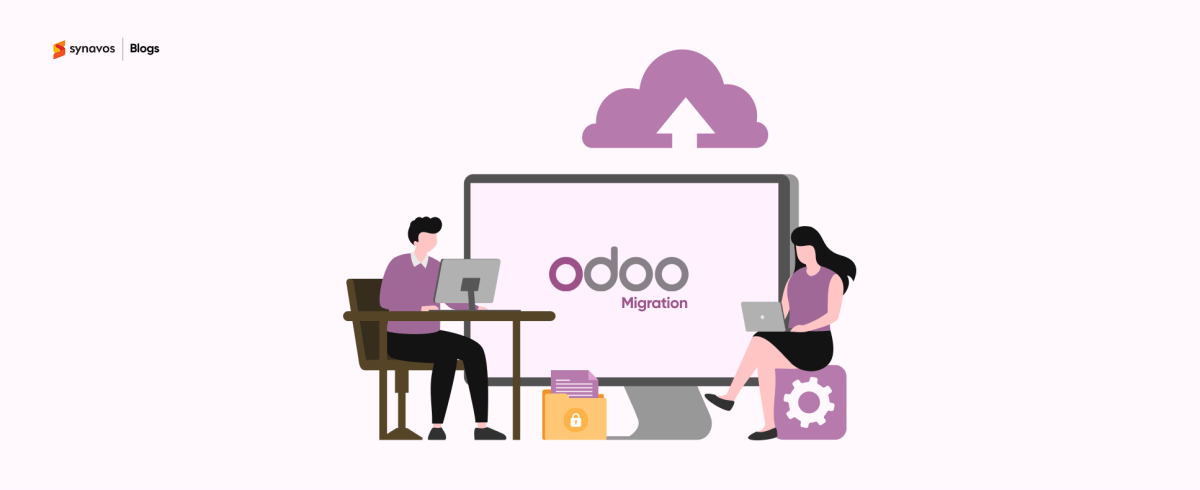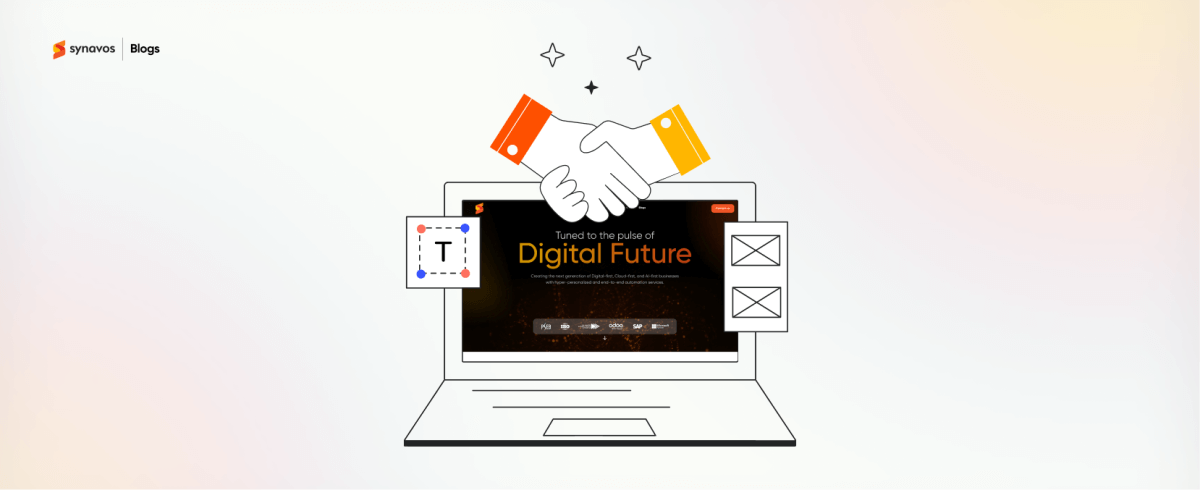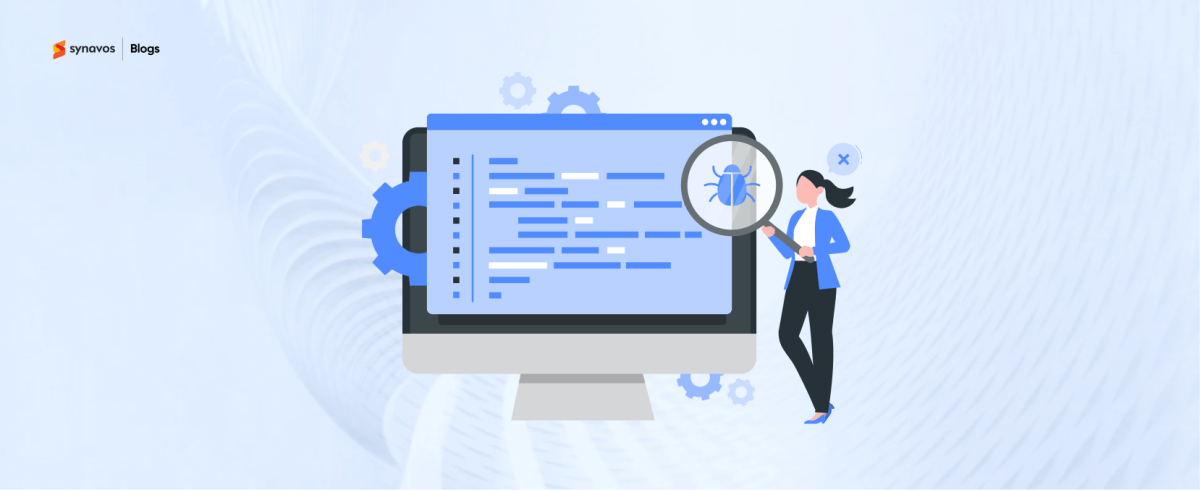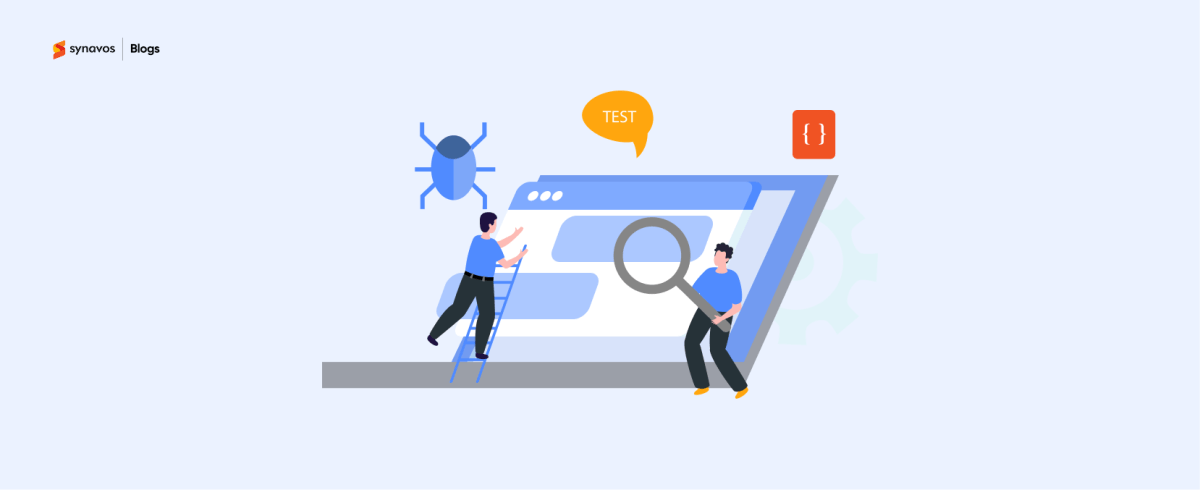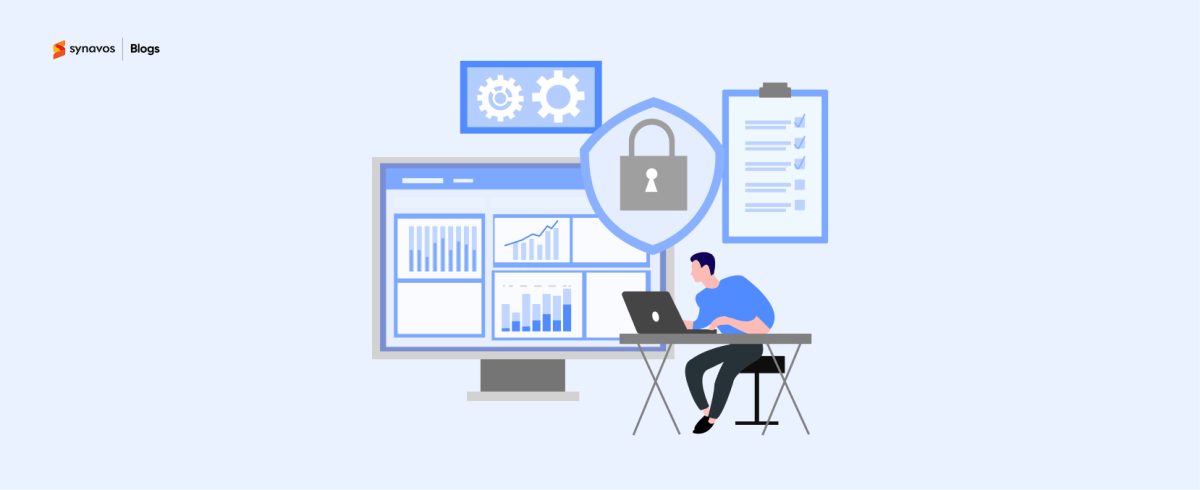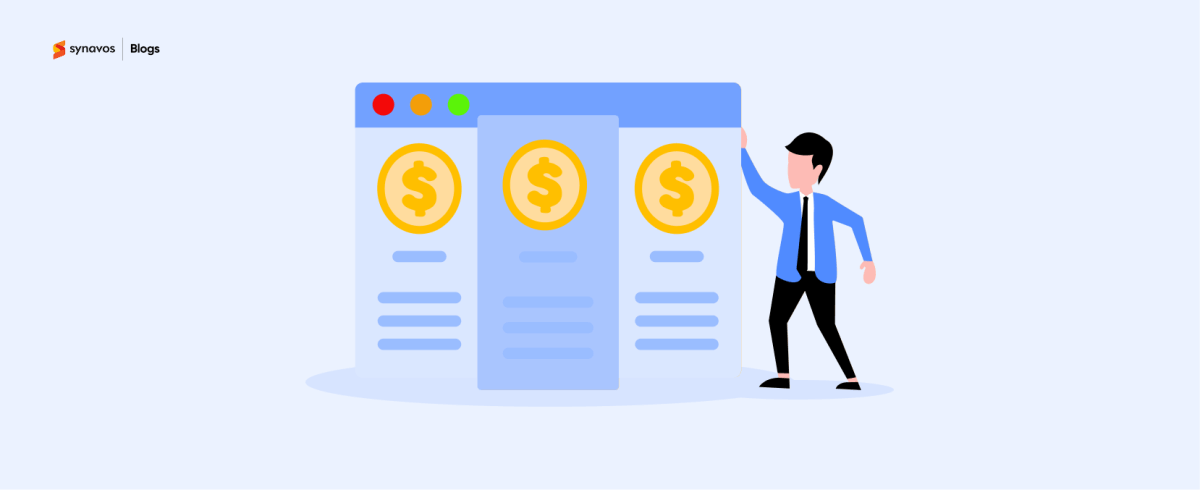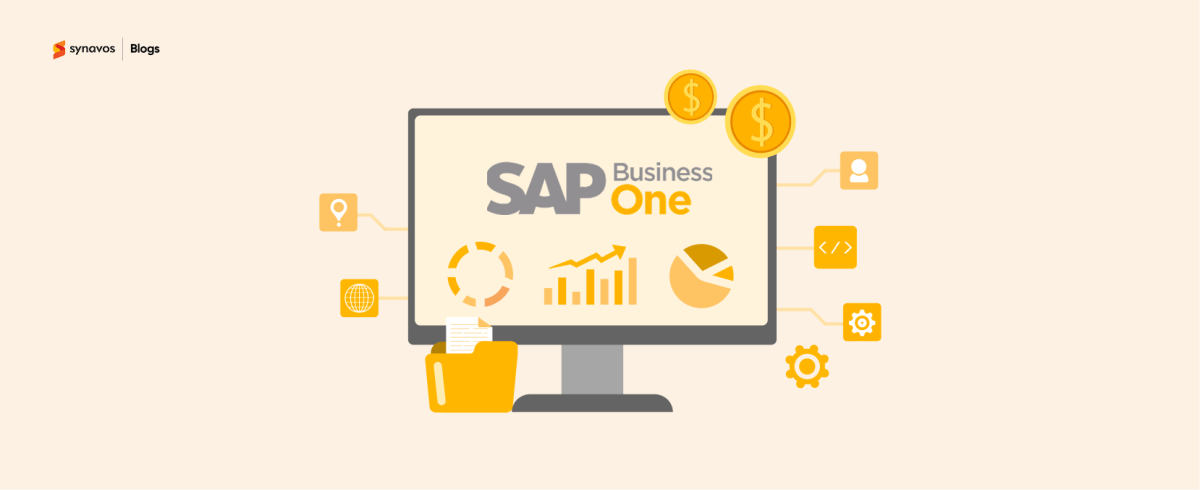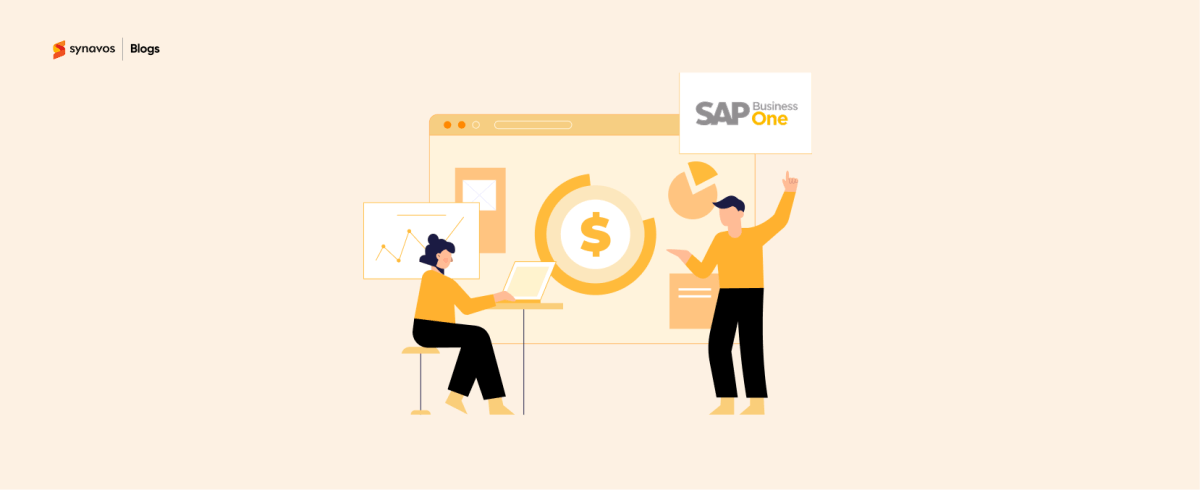Every website or app you use runs on two sides: the frontend and the backend. The frontend is what you see and interact with, from buttons to images to navigation menus. The backend works behind the scenes, managing data, servers, and application logic to make sure everything functions smoothly.
If you’d like to see how both sides come together to create a tailored digital experience, explore our blog on Custom Web Development. It explains how custom websites and apps are planned, designed, and developed to bring ideas to life.
Building on that foundation, this guide focuses on the difference between frontend and backend development and how each plays a unique role in creating seamless and engaging user experiences.
What is Frontend Development?
Frontend development is all about what users experience on their screens. Every button you click, every image you see, and every animation you notice is powered by frontend developers. Their main goal is to create websites and apps that are visually appealing, easy to use, and responsive across devices.

Take an example of an e-commerce website where the homepage, product visuals, search bar, and shopping cart make up the frontend. A well-designed frontend ensures everything looks good and works seamlessly for visitors.
Responsibilities of a Frontend Developer
- Designing user interfaces (UI) that are intuitive
- Ensuring smooth user experiences (UX)
- Making websites responsive across mobile, tablet, and desktop
- Optimizing performance and accessibility
Popular Frontend Languages and Frameworks
- HTML: The backbone of all web content
- CSS: For styling layouts, colors, and fonts
- JavaScript: To add interactivity
- Frameworks: React, Angular, Vue.js
What is Backend Development?
Backend development handles the behind-the-scenes operations that make a website or app work. It focuses on servers, databases, and application logic to make sure data flows correctly and securely. Without a backend, the website or app would just be static pages or screens with no real interactivity or data storage.
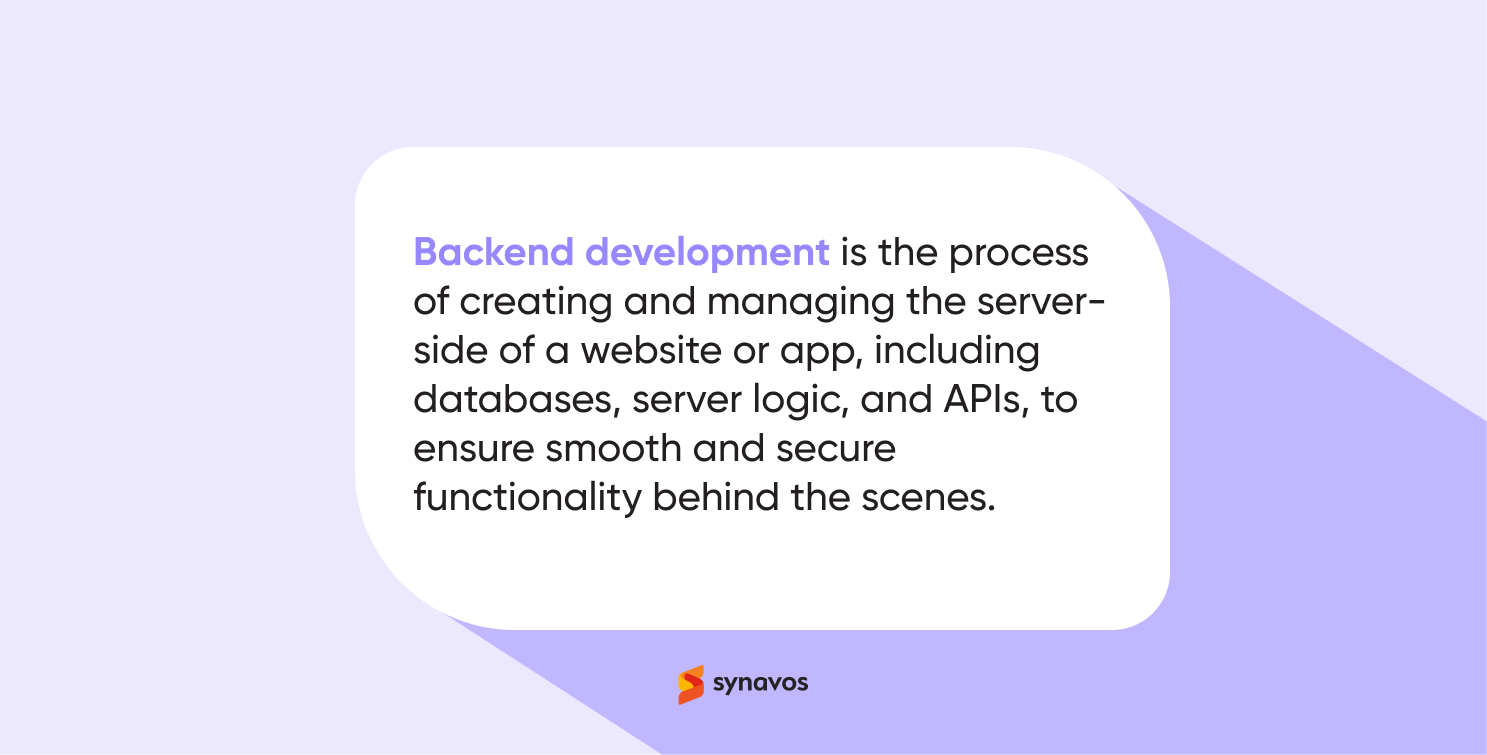
For instance, when you log in to your email, the backend verifies your credentials, retrieves your inbox, and ensures your messages display correctly. Without backend development, these processes wouldn’t be possible.
Responsibilities of a Backend Developer
- Writing server-side logic
- Managing databases and server performance
- Handling authentication and security
- Integrating APIs and third-party services
Common Backend Languages and Frameworks
- Python: Django, Flask
- PHP: Laravel
- Java: Spring
- Node.js for JavaScript-based server development
- Ruby: Ruby on Rails
- Databases: MySQL, PostgreSQL, MongoDB
Key Differences Between Frontend and Backend Development
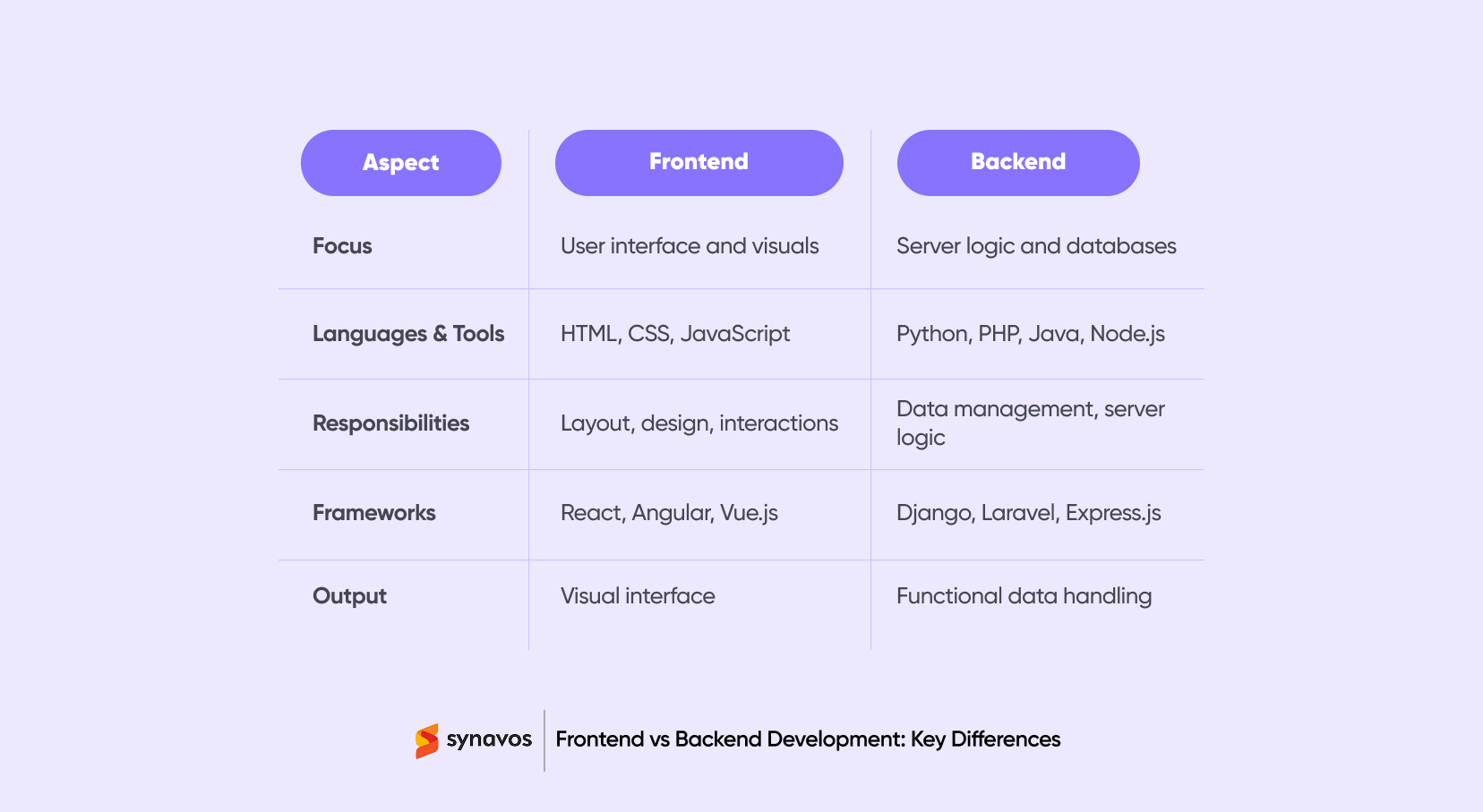
The two sides work in tandem to create a fully functional digital product. A website or app looks good and reacts to user input because the frontend is connected to the backend.
How Frontend and Backend Work Together
Although frontend and backend have distinct roles, they rely on each other. They communicate through APIs (Application Programming Interfaces) to send and retrieve data. A website or app only comes alive when the frontend and backend collaborate effectively.
For example, when a user logs in:
- The frontend collects the username and password from the login form.
- It sends the information to the backend via an API.
- The backend checks the database for matching credentials.
- If valid, the backend sends a confirmation to the frontend, which then displays a welcome message.
This client-server relationship shows why both sides are equally important in creating functional and reliable websites or apps.
Full-Stack Development: The Bridge Between Frontend and Backend
Full-stack development combines both frontend and backend skills. Full-stack developers can build complete applications, handling both the user interface and server-side logic. This approach is valuable for startups, small businesses, and projects that need versatile developers.
Popular full-stack stacks include:
- MERN: MongoDB, Express.js, React, Node.js
- MEAN: MongoDB, Express.js, Angular, Node.js
- LAMP: Linux, Apache, MySQL, PHP
Full-stack developers offer the flexibility to develop end-to-end solutions, streamline workflows, and reduce the need for multiple specialists.
Conclusion
Frontend and backend development complement each other to deliver engaging, reliable, and secure digital experiences. While the frontend shapes what users see, the backend powers the logic and data behind it. Both are crucial in creating websites and apps that are fast, functional, and user-friendly.
Build Your Next Digital Project with Synavos
As a leading website and app development company, Synavos brings together skilled frontend and backend developers to create digital experiences that perform as beautifully as they look. From responsive web platforms to high-performing mobile apps, we focus on delivering functionality, speed, and design that stand out.
Explore our portfolio to see how we’ve helped businesses turn ideas into functional and future-ready digital products.
Let’s collaborate to bring your next digital project to life. Contact Synavos today to get started!
